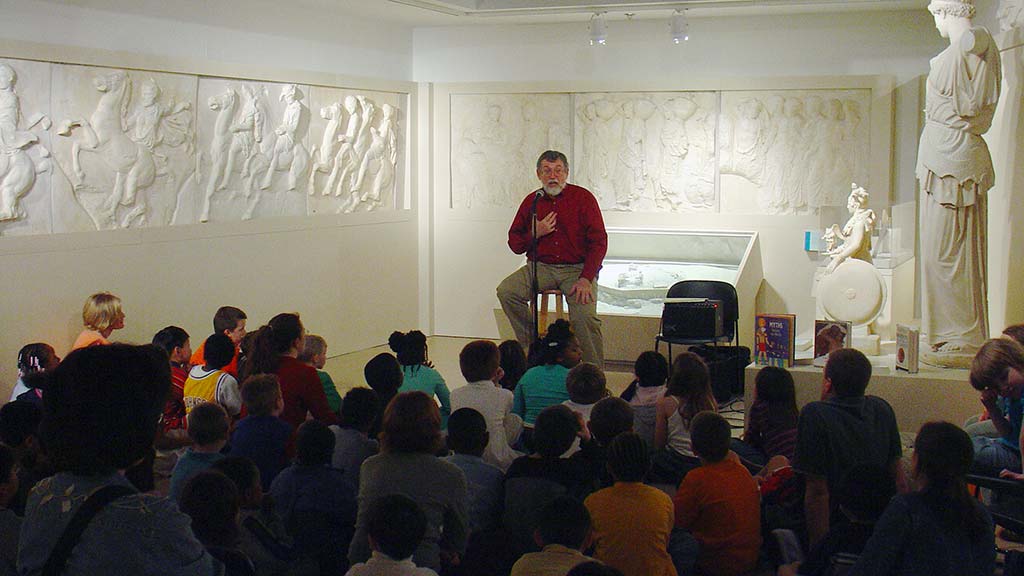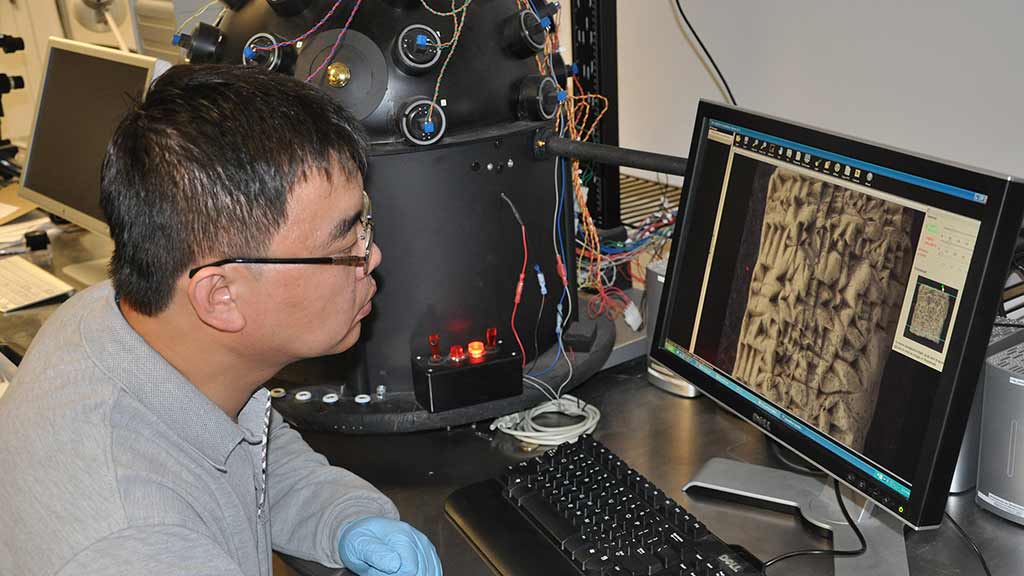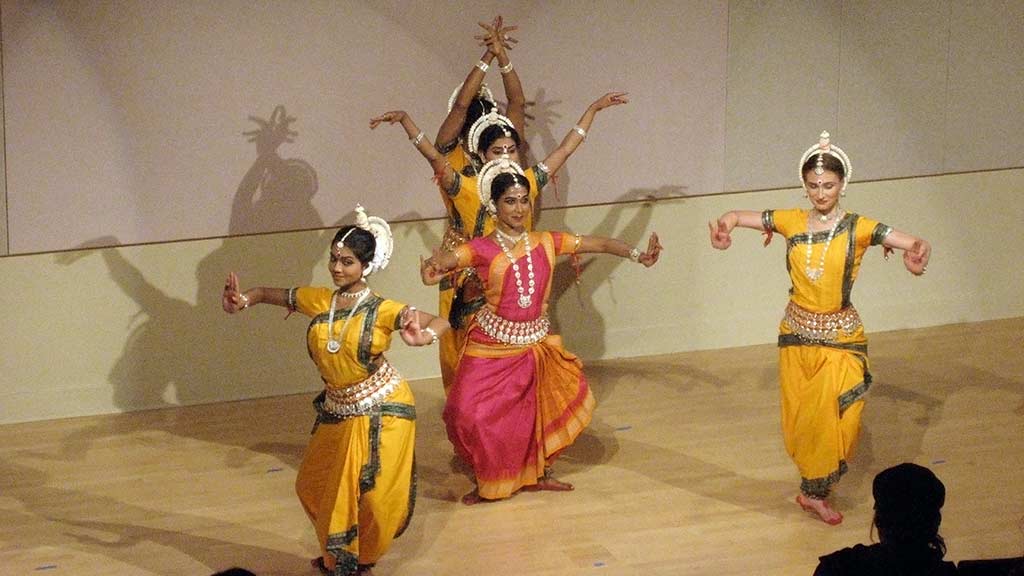
History
Overview
The Spurlock Museum began as three different cultural museums on the 4th floor of Lincoln Hall on the University quad: European Cultures, Classical Archaeology and Art, and Oriental. By the end of the 1960s, renewed interest in the museums led to a formal broadening of their scopes to include Africa and Asia and a new name: The World Heritage Museum.
Support for the WHM grew, and by 1990 a generous donation was made by alum William Spurlock to build a new, purpose-designed museum structure on the east side of campus. As plans for the new building and its exhibits were developed, the collections were inventoried and packed. Additional donations of artifacts from other units on campus, including the ethnographic pieces from the Museum of Natural History (now closed), increased the global scope of the collections. After opening in 2002, the Spurlock Museum of World Cultures opened with 9 permanent exhibits, a dedicated space to changing exhibits, an auditorium for events, a learning center for hands-on activities, and carefully designed spaces for artifact storage and research.
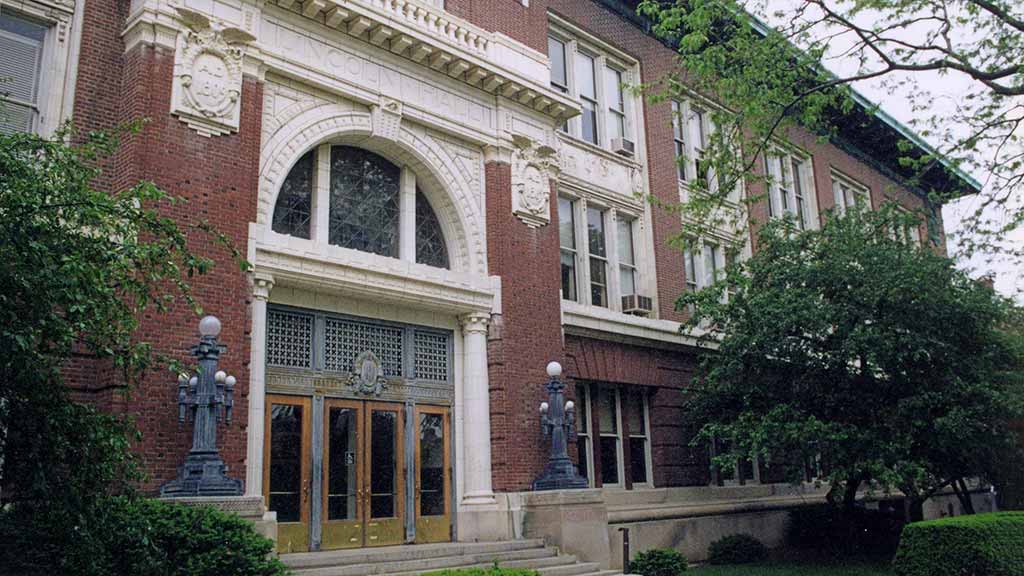
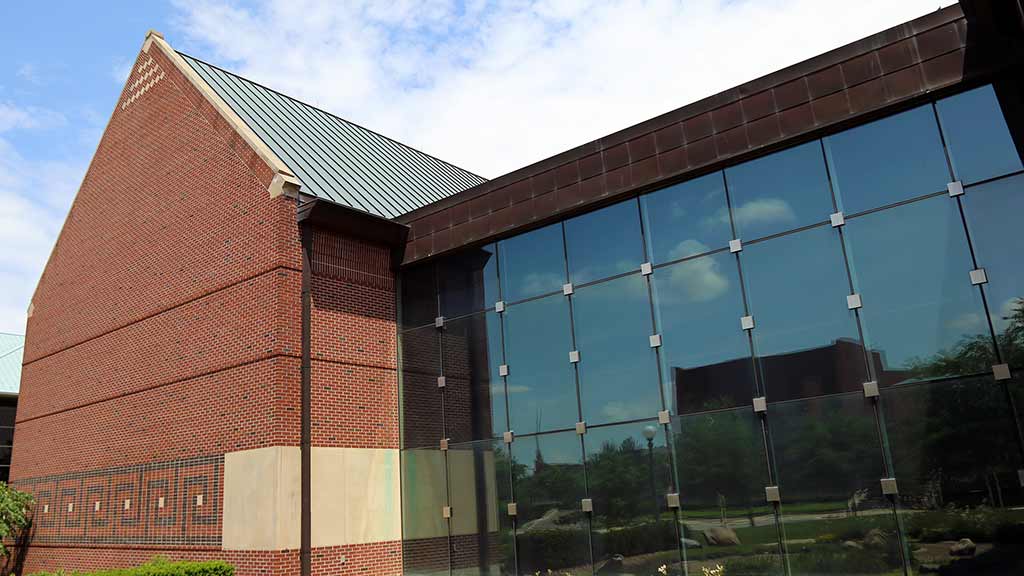
Detailed History and Timeline
by Wayne T. Pitard
The Spurlock Museum traces its origins to a pair of cultural museums established by the University’s Board of Trustees on July 8, 1911: the Museum of Classical Archaeology and Art and the Museum of European Cultures. They were located on the 4th floor of the newly-built Lincoln Hall on the University Quad. In 1917 an Oriental Museum joined the other two, primarily to focus upon the civilizations of the Ancient Near East (Mesopotamia and Egypt).
Each museum was given a viable budget for acquisitions, and the first curators purchased a wide range of original artifacts and reproductions of famous and important pieces for their galleries. Their goal was to create a significant research collection that would be of educational value to both university and school-age students. The primary core collections of the Spurlock’s Ancient Mediterranean, European, and Middle Eastern Galleries were obtained during this early period. The strong budgets continued until 1931, when the Depression led to drastic cuts.
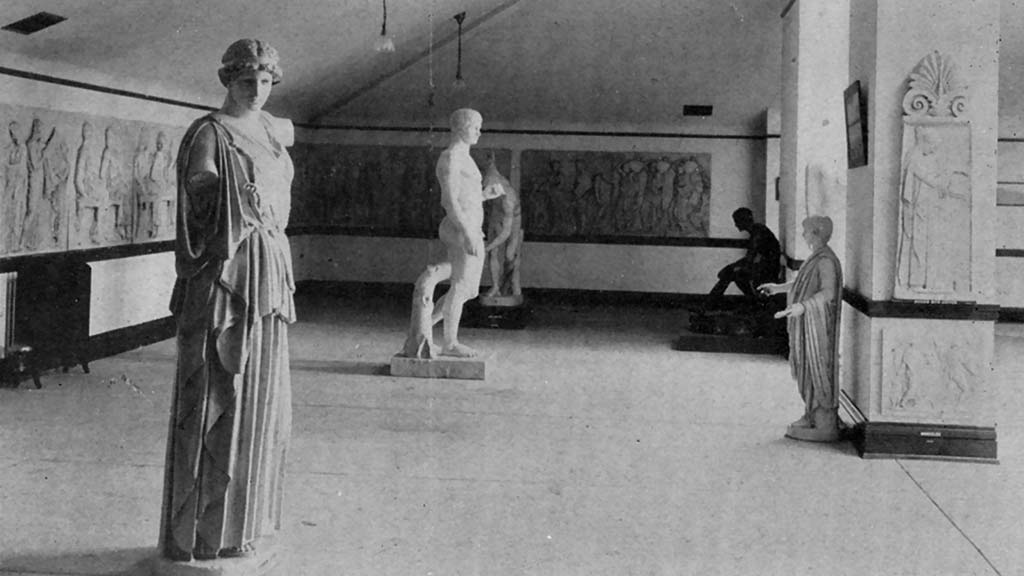
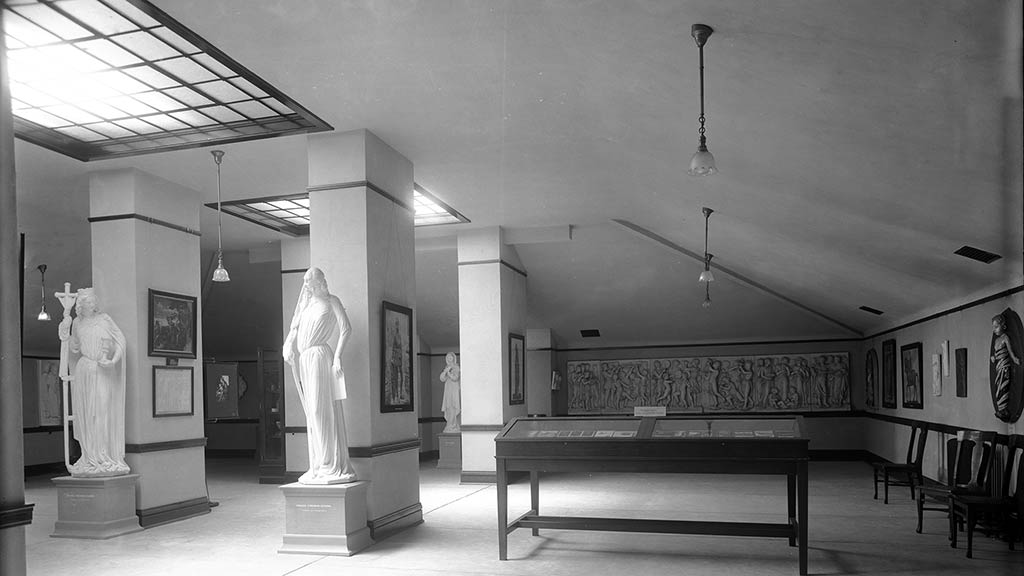
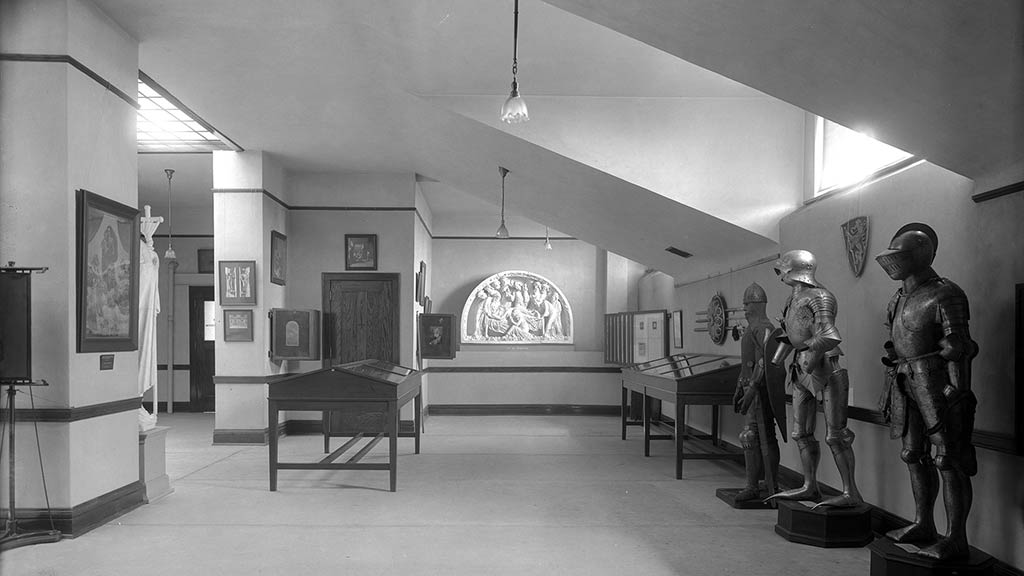
Until 1966, the University administration largely neglected the museums, providing little money to hire staff or student workers, to preserve the artifacts, or to renovate the galleries. However, the museums were kept functional during this period by a number of dedicated curators who undertook inventories of the artifacts as well as restorations of the deteriorating plaster casts and brought in scholars to study, conserve, and publish a variety of the collections.
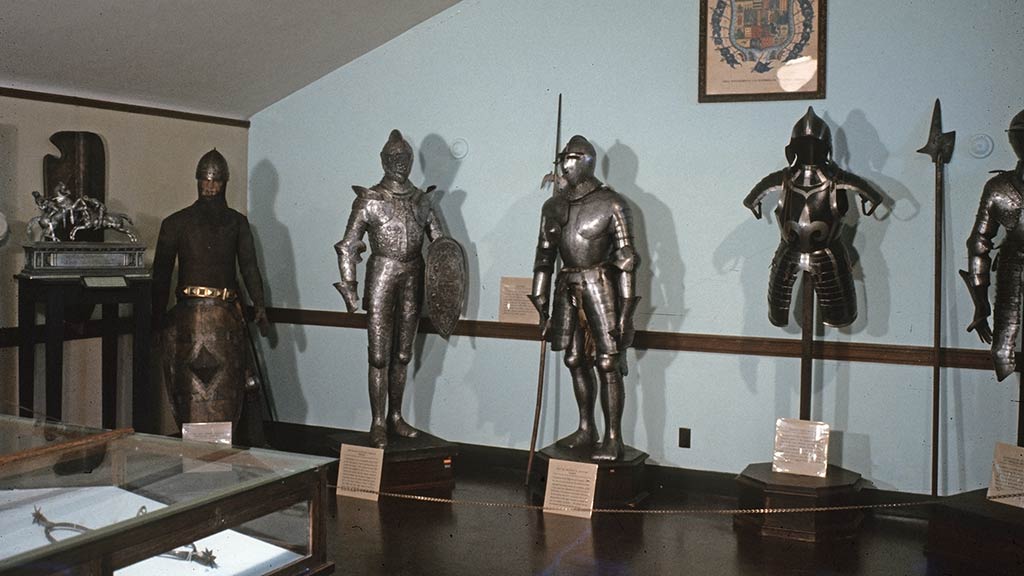
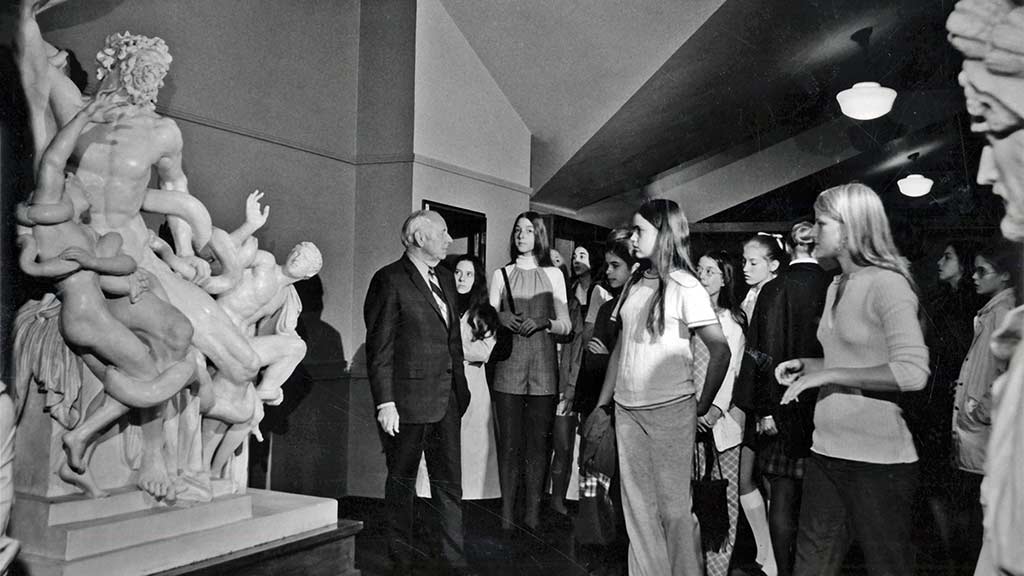
In 1962, the museums were merged to form a single entity. In 1966, the University hired the first full-time Director for the museum, and by the end of the decade many people at the University supported the idea of formally expanding the museum’s outlook beyond Europe and the Mediterranean to cover cultures from across the globe. In 1971, this expansion was reflected by a new name: The World Heritage Museum. Permanent exhibits on Africa and East Asia were created.
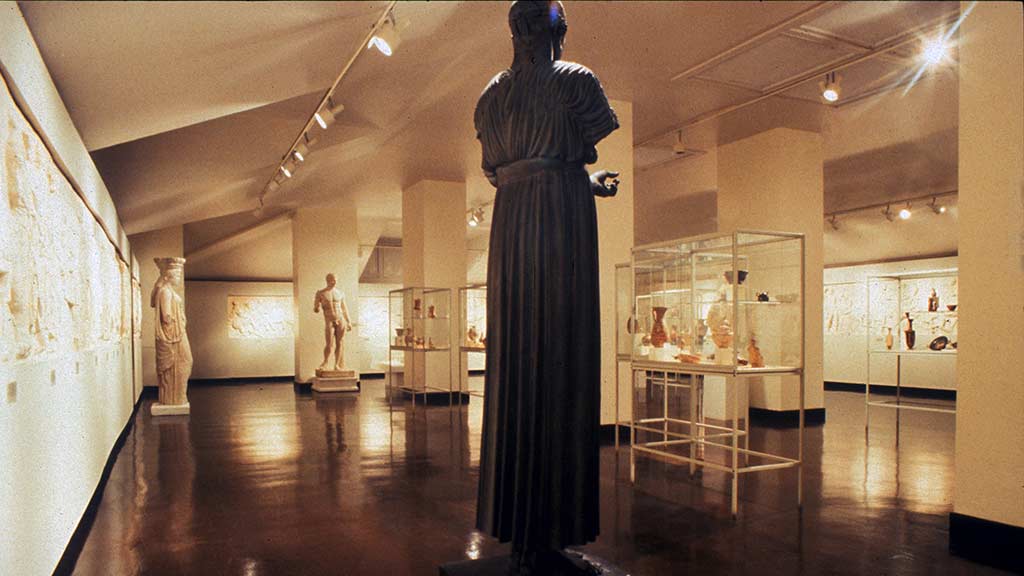
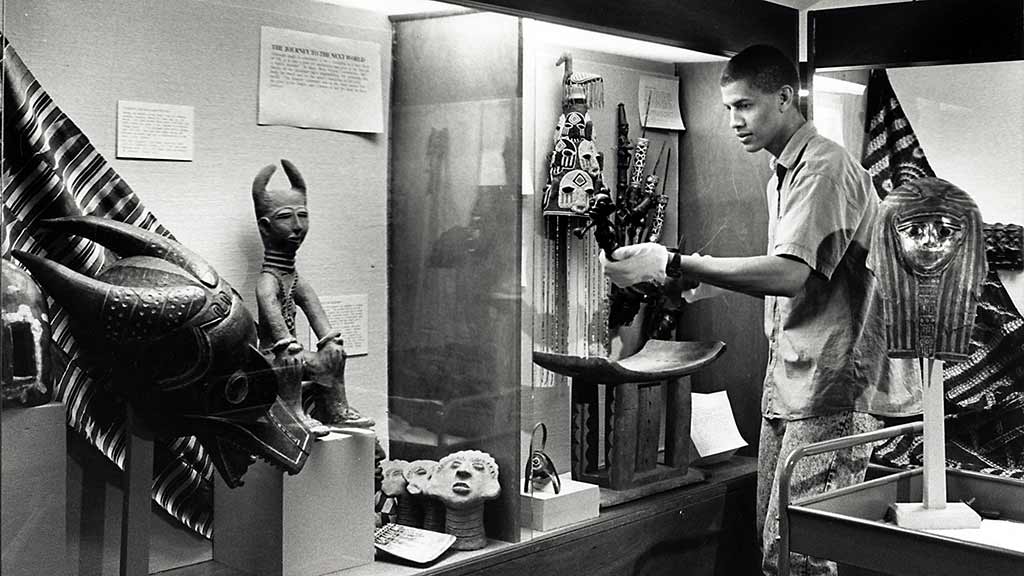
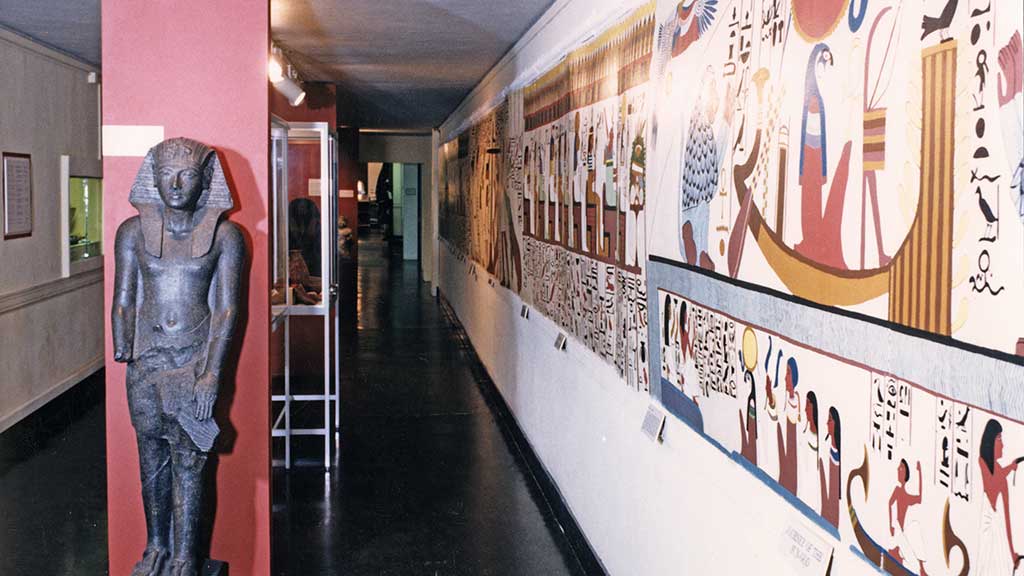
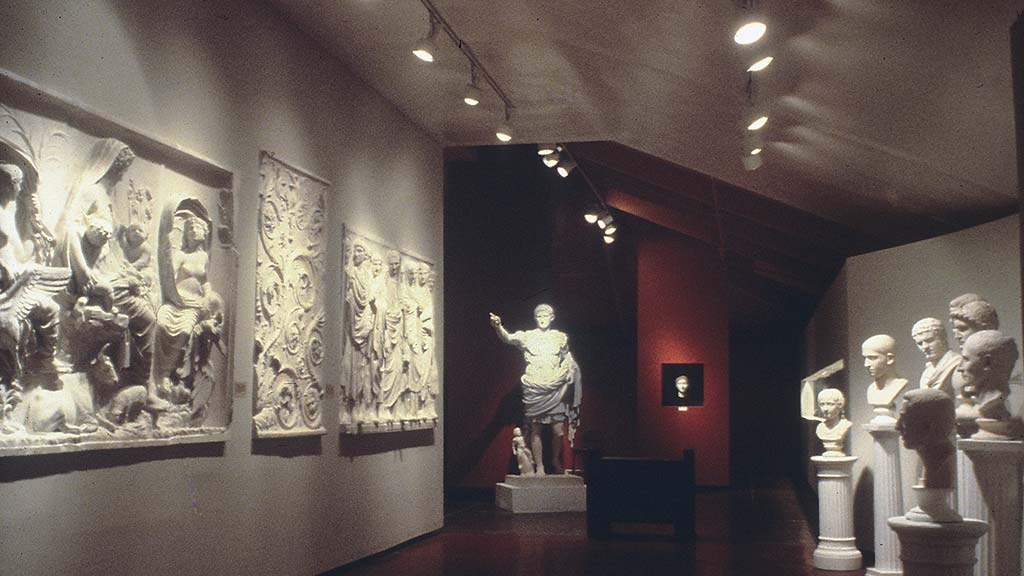
For decades, curators and directors had been arguing that an independent and larger building should be constructed to display the artifacts in a more comprehensive fashion and to preserve them with adequate storage facilities. In 1984, the Museum received permission from the University to raise funds for a new building, and in 1990 alumnus William R. Spurlock provided an extraordinarily generous gift to be used for that purpose. Several others joined him to make the new building on Gregory Street in Urbana possible.
The World Heritage Museum closed in 1998, and all of the artifacts there were inventoried and packed. While new exhibits were being developed, they were moved into the new building in 2000, and the grand opening took place in 2002. The new museum, named after William and Clarice Spurlock, was twice as large, and major new collections of materials from North and South America, Asia, and Africa meant that it could now truly fulfill its mission as a museum of world cultures. In 2009, the Spurlock earned accreditation from the American Alliance of Museums, the most prestigious museum organization in the country. Only 5% of museums in the United States have achieved this distinction.
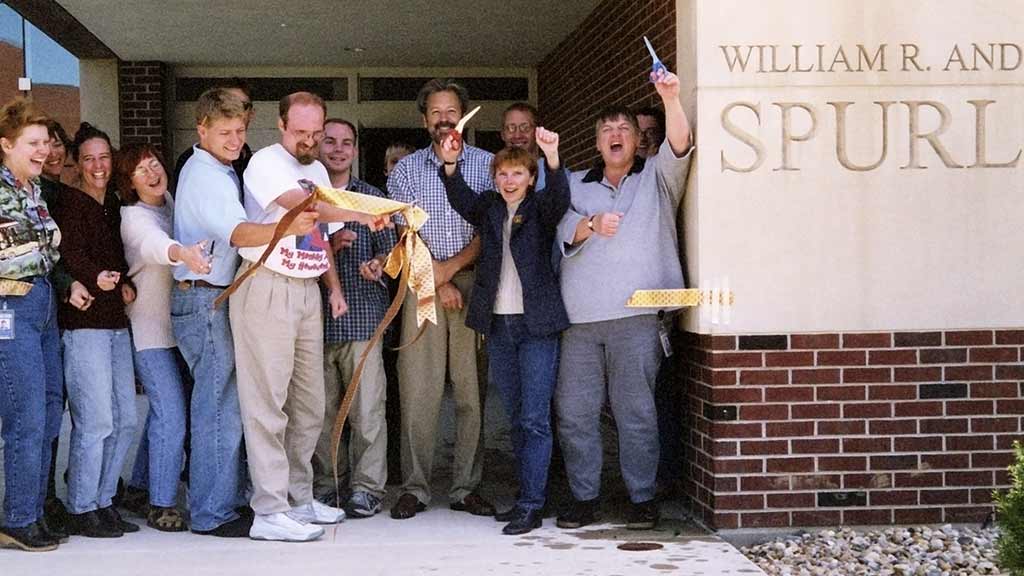
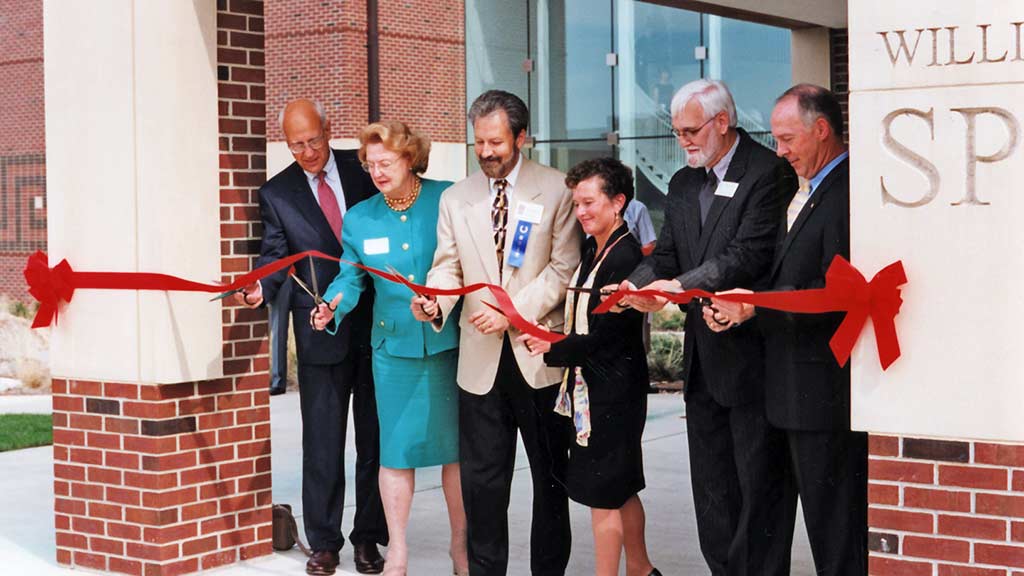
Since its opening, the Spurlock has become a vibrant component of the University’s educational and research missions and an exciting resource for the wider community. It maintains a strong educational program that serves thousands of K-12 students every year from schools across Illinois and collaborates with other universities and museums across the state, the nation, and the world. In addition, the Museum's public offerings include large and small temporary exhibits, concerts, performances, lectures, film series, storytelling, and children’s camps.
